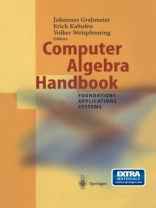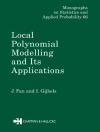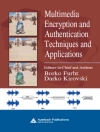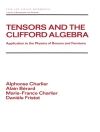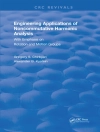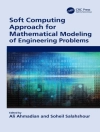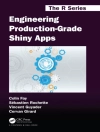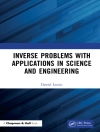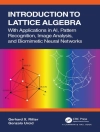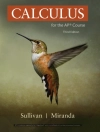Two ideas lie gleaming on the jeweler’s velvet. The first is the calculus, the sec- ond, the algorithm. The calculus and the rich body of mathematical analysis to which it gave rise made modern science possible; but it has been the algorithm that has made possible the modern world. -David Berlinski, The Advent of the Algorithm First there was the concept of integers, then there were symbols for integers: I, II, III, 1111, fttt (what might be called a sticks and stones representation); I, II, III, IV, V (Roman numerals); 1, 2, 3, 4, 5 (Arabic numerals), etc. Then there were other concepts with symbols for them and algorithms (sometimes) for ma- nipulating the new symbols. Then came collections of mathematical knowledge (tables of mathematical computations, theorems of general results). Soon after algorithms came devices that provided assistancefor carryingout computations. Then mathematical knowledge was organized and structured into several related concepts (and symbols): logic, algebra, analysis, topology, algebraic geometry, number theory, combinatorics, etc. This organization and abstraction lead to new algorithms and new fields like universal algebra. But always our symbol systems reflected and influenced our thinking, our concepts, and our algorithms.
Johannes Grabmeier & Erich Kaltofen
Computer Algebra Handbook [PDF ebook]
Foundations * Applications * Systems
Computer Algebra Handbook [PDF ebook]
Foundations * Applications * Systems
购买此电子书可免费获赠一本!
语言 英语 ● 格式 PDF ● ISBN 9783642558269 ● 编辑 Johannes Grabmeier & Erich Kaltofen ● 翻译者 M. Hitz ● 出版者 Springer Berlin Heidelberg ● 发布时间 2012 ● 下载 3 时 ● 货币 EUR ● ID 6326732 ● 复制保护 Adobe DRM
需要具备DRM功能的电子书阅读器
